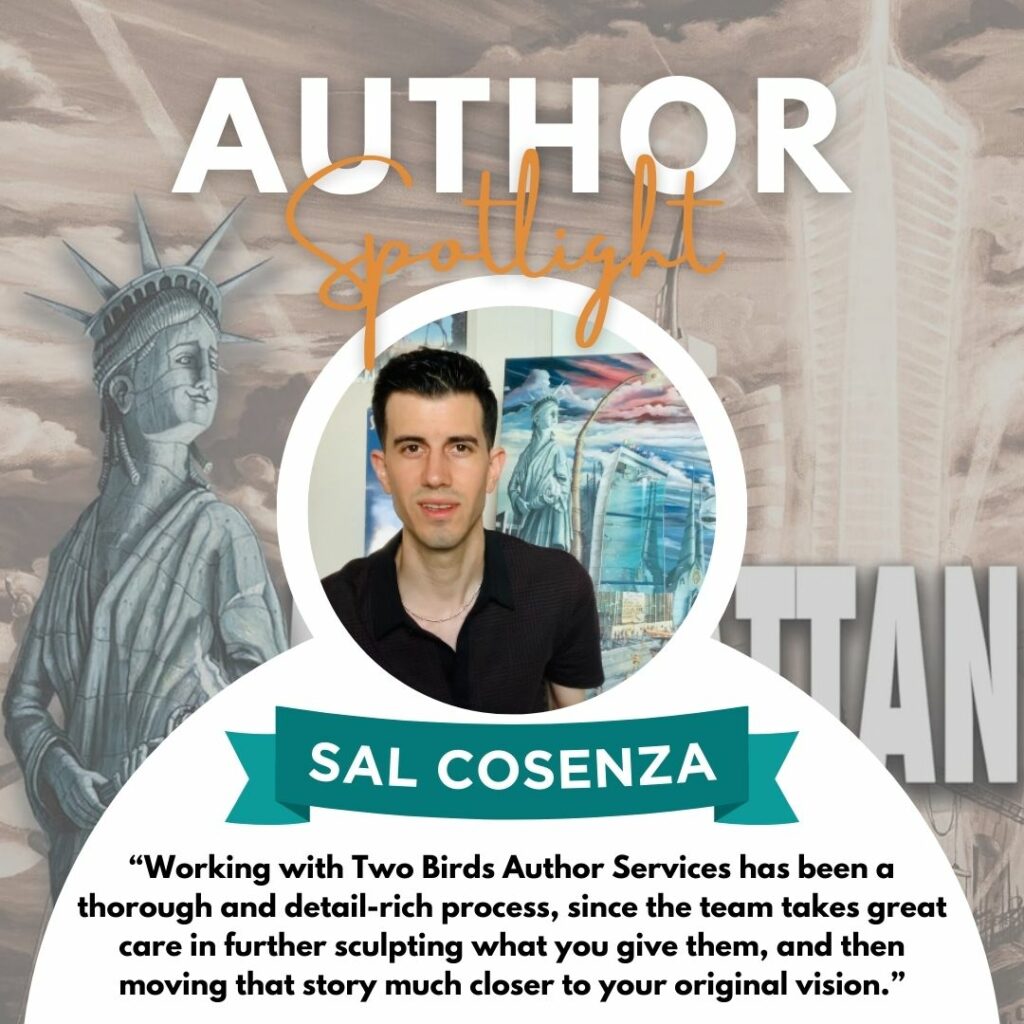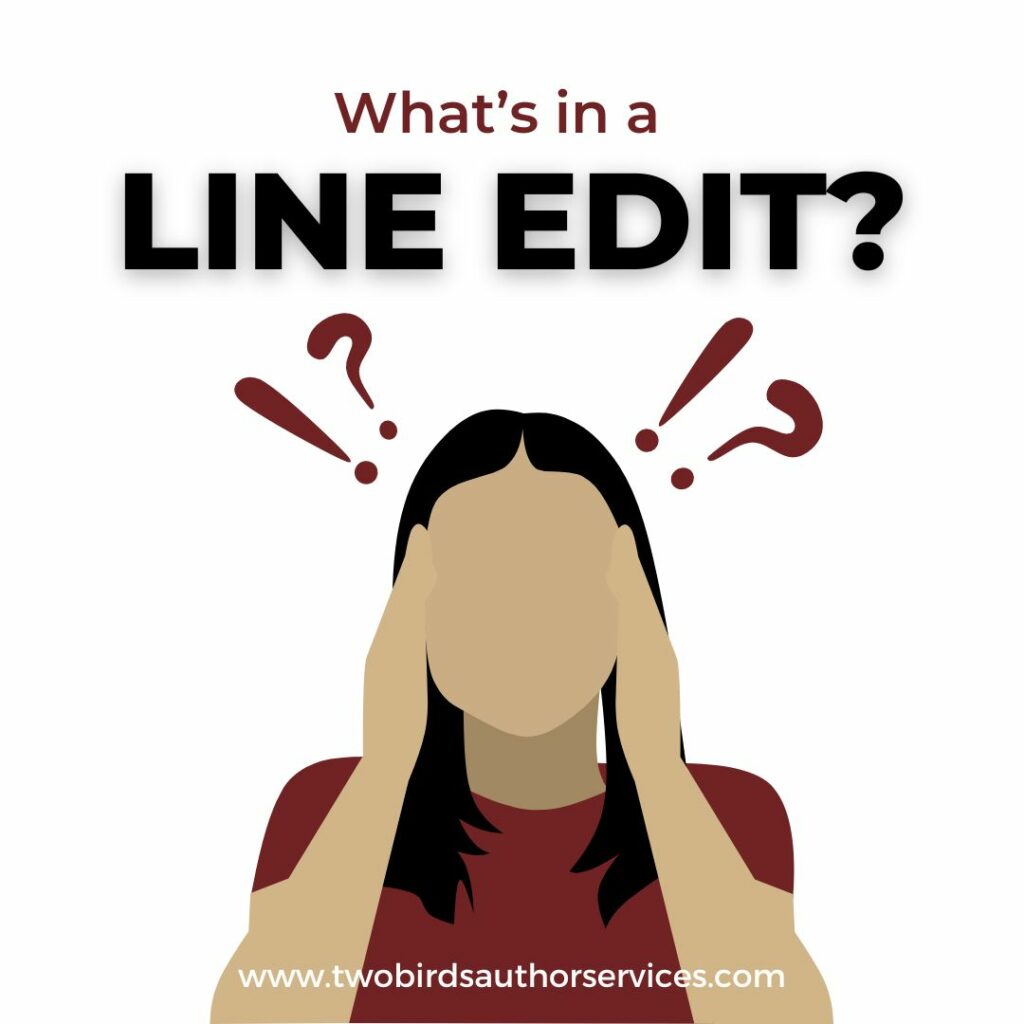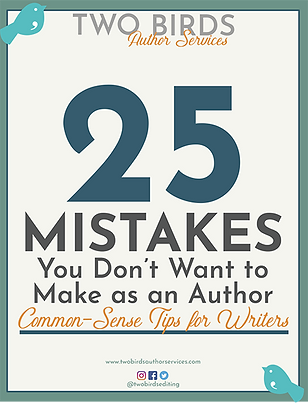How To Add More Life To Your Writing
Setting DOES matter in your story!
If you’ve worked with Two Birds before, it’s a good bet you’ve occasionally received feedback along these lines:
“Add some more specific setting details here!”
“Tell us what the space looks like.”
“Where is this scene happening? I can’t picture it clearly.”
“Break up your dialogue with some nonverbal actions and some glimpses of the setting.”
It may surprise you, but we’re not doing this just to up your word count or add comments to your manuscript. Setting details, in particular, can be used to create a powerful, intimate look into the world your characters inhabit, inviting the reader to feel drawn in and present in the now of your story. Setting details, properly leveraged, make your story immersive, like we’re visiting a real place.
Without proper use of setting, readers will feel lost and disconnected from the story. They won’t feel grounded. And while they may not be able to articulate (like an editor can!) the reason for it, they’ll show it in their critiques and reviews. You don’t want that. Head that off by learning how to balance dialogue and action scenes with information on the world around the characters, so readers feel like they are present, living the story along with the characters.
Here’s a handy example to show you how to do this. Imagine your draft reads as follows:
I let myself slide sideways, and Wyatt grabbed me. “Blair!”
“I’m just lying down,” I said fretfully. “I feel sick.”
Supporting me one-handed, he helped me to lie down. I concentrated on taking deep breaths and staring at the sky, and gradually the nausea began to fade. Wyatt was calling for help. Units responded to a call that their lieutenant was under fire. How much time had lapsed?
Now, read the actual version (courtesy of To Die For by Linda Howard):
I let myself slide sideways, and Wyatt grabbed me with his free hand. “Blair!”
“I’m just lying down,” I said fretfully. “I feel sick.”
Supporting me one-handed, he helped me to lie down on the pavement. The asphalt was hot and gritty, and I didn’t care. I concentrated on taking deep breaths and staring at the blueness of the late-afternoon sky overhead, and gradually the nausea began to fade. Wyatt was talking on his cell phone/radio, whatever it was, requesting medics and an ambulance. Already I could hear sirens as units responded to a call that their lieutenant was under fire. How much time had lapsed since the shot? A minute? No more than two, I was certain of that.
Can you see how adding just a few details can make a scene come to life? You get to feel the pavement, see the sky, hear the sirens, know the time of day, know how quickly time is passing and what that feels like to Blair.
The setting makes you feel like you’re there, and also gives you an avenue into revealing where the character is mentally and emotionally. She doesn’t care how the pavement feels. She has to concentrate. She’s not sure what Wyatt is talking into, and doesn’t care to find out the specifics. She’s not sure of the passage of time but is concerned about it.
With just a little bit of additional writing, the reader gets to connect to Blair, and that drives the reader forward. Now we care about what happens, and now we’re in it, alongside her.
We’ll probably get into a more detailed look at how to choose the specifics of setting and scene in future blog posts. But hopefully, this gives you a quick glimpse of what to do when you get feedback about adding setting clues into your manuscript. Your readers will be glad you did!
Need some additional help getting started? Reach out to us with any questions you may have. We’re available for consulting! And if we don’t know the answer to your burning questions, we’ll find someone who does.
Sign up to receive our monthly newsletter, full of more helpful info and the occasional special deal!




